How to detect the quality of cotton baling film
2025-04-29
The quality of cotton baling film can be detected from the following aspects:
1. Appearance inspection
Visual inspection: Under natural light or bright light, unfold the film and observe whether its surface is flat and smooth, and whether there are defects such as bubbles, holes, cracks, wrinkles, impurities, etc. The edges of the film should be neat, without burrs or jagged, otherwise it may scratch the operator or damage the cotton during use.
Color and transparency inspection: Check whether the color of the film is uniform and whether the transparency meets the requirements. For films with specific color requirements, such as colored films used to distinguish different grades of cotton, the color deviation should be within the specified range. Films with uniform transparency and meeting product specifications are conducive to observing the state of cotton during packaging.
2. Physical property testing
Tensile strength test: Use a tensile testing machine to cut the film into samples of specified size, stretch it at a certain speed, measure the maximum tensile force that the film can withstand when it breaks, and evaluate the tensile strength of the film. Films with high tensile strength can withstand greater tensile forces and are not easy to break during cotton packaging, handling and storage.
Tear strength test: Use a tearing tester to make the film sample into a specific shape, apply tension to tear the film, and measure the force required during the tearing process. Tear strength reflects the ability of the film to resist tearing, which is crucial to prevent the film from tearing quickly when it is accidentally pulled.
Puncture strength test: Use a puncture tester to puncture the film sample at a certain speed with a specified puncture head, and measure the puncture force. Films with good puncture strength can effectively prevent puncture by sharp objects and protect cotton from damage by external objects.
3. Chemical property testing
Composition analysis: Use infrared spectroscopy, nuclear magnetic resonance and other instruments to analyze the chemical composition of the film to determine whether it meets the product specification requirements and whether it contains harmful substances that affect the quality of cotton.
Chemical resistance test: Immerse the film samples in common chemical reagents, such as acid, alkali, and salt solutions, and observe the appearance and performance changes of the film under certain time and temperature conditions to evaluate its chemical corrosion resistance. This is especially important for films that store cotton in different environments to ensure that the film will not be damaged when exposed to possible chemicals.
1. Appearance inspection
Visual inspection: Under natural light or bright light, unfold the film and observe whether its surface is flat and smooth, and whether there are defects such as bubbles, holes, cracks, wrinkles, impurities, etc. The edges of the film should be neat, without burrs or jagged, otherwise it may scratch the operator or damage the cotton during use.
Color and transparency inspection: Check whether the color of the film is uniform and whether the transparency meets the requirements. For films with specific color requirements, such as colored films used to distinguish different grades of cotton, the color deviation should be within the specified range. Films with uniform transparency and meeting product specifications are conducive to observing the state of cotton during packaging.
2. Physical property testing
Tensile strength test: Use a tensile testing machine to cut the film into samples of specified size, stretch it at a certain speed, measure the maximum tensile force that the film can withstand when it breaks, and evaluate the tensile strength of the film. Films with high tensile strength can withstand greater tensile forces and are not easy to break during cotton packaging, handling and storage.
Tear strength test: Use a tearing tester to make the film sample into a specific shape, apply tension to tear the film, and measure the force required during the tearing process. Tear strength reflects the ability of the film to resist tearing, which is crucial to prevent the film from tearing quickly when it is accidentally pulled.
Puncture strength test: Use a puncture tester to puncture the film sample at a certain speed with a specified puncture head, and measure the puncture force. Films with good puncture strength can effectively prevent puncture by sharp objects and protect cotton from damage by external objects.
3. Chemical property testing
Composition analysis: Use infrared spectroscopy, nuclear magnetic resonance and other instruments to analyze the chemical composition of the film to determine whether it meets the product specification requirements and whether it contains harmful substances that affect the quality of cotton.
Chemical resistance test: Immerse the film samples in common chemical reagents, such as acid, alkali, and salt solutions, and observe the appearance and performance changes of the film under certain time and temperature conditions to evaluate its chemical corrosion resistance. This is especially important for films that store cotton in different environments to ensure that the film will not be damaged when exposed to possible chemicals.
You Might Also Like
-
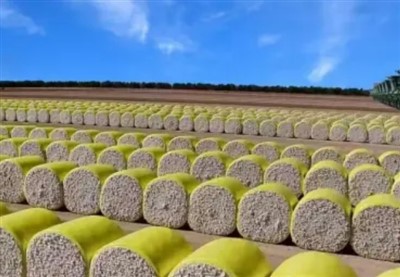
what are the advantages of cotton packaging film
-
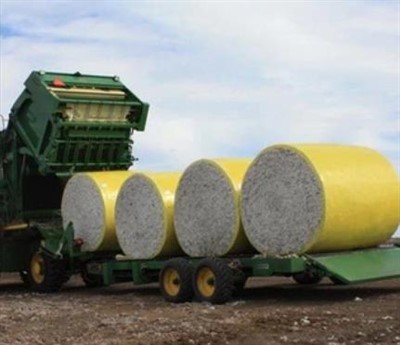
The Advantages of Cotton Wrap Film
-
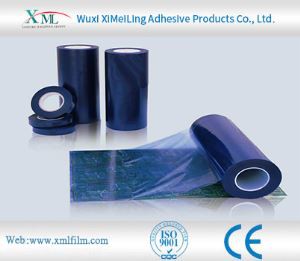
How does pe protective film cope with high temperature environment
-
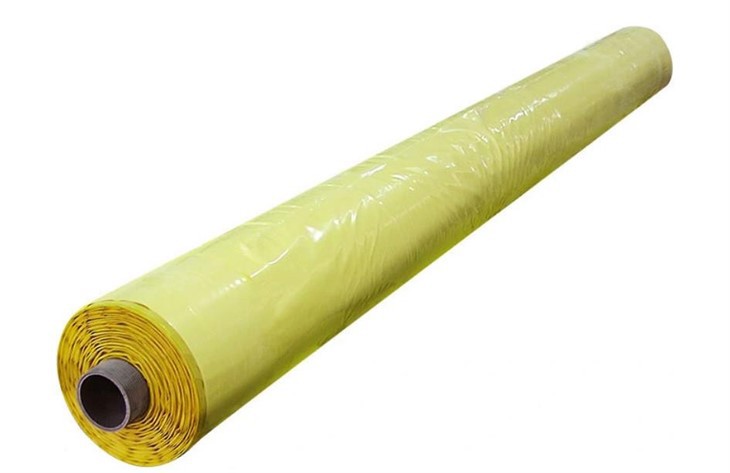
Advantages of Cotton Bale Wrap Film
-
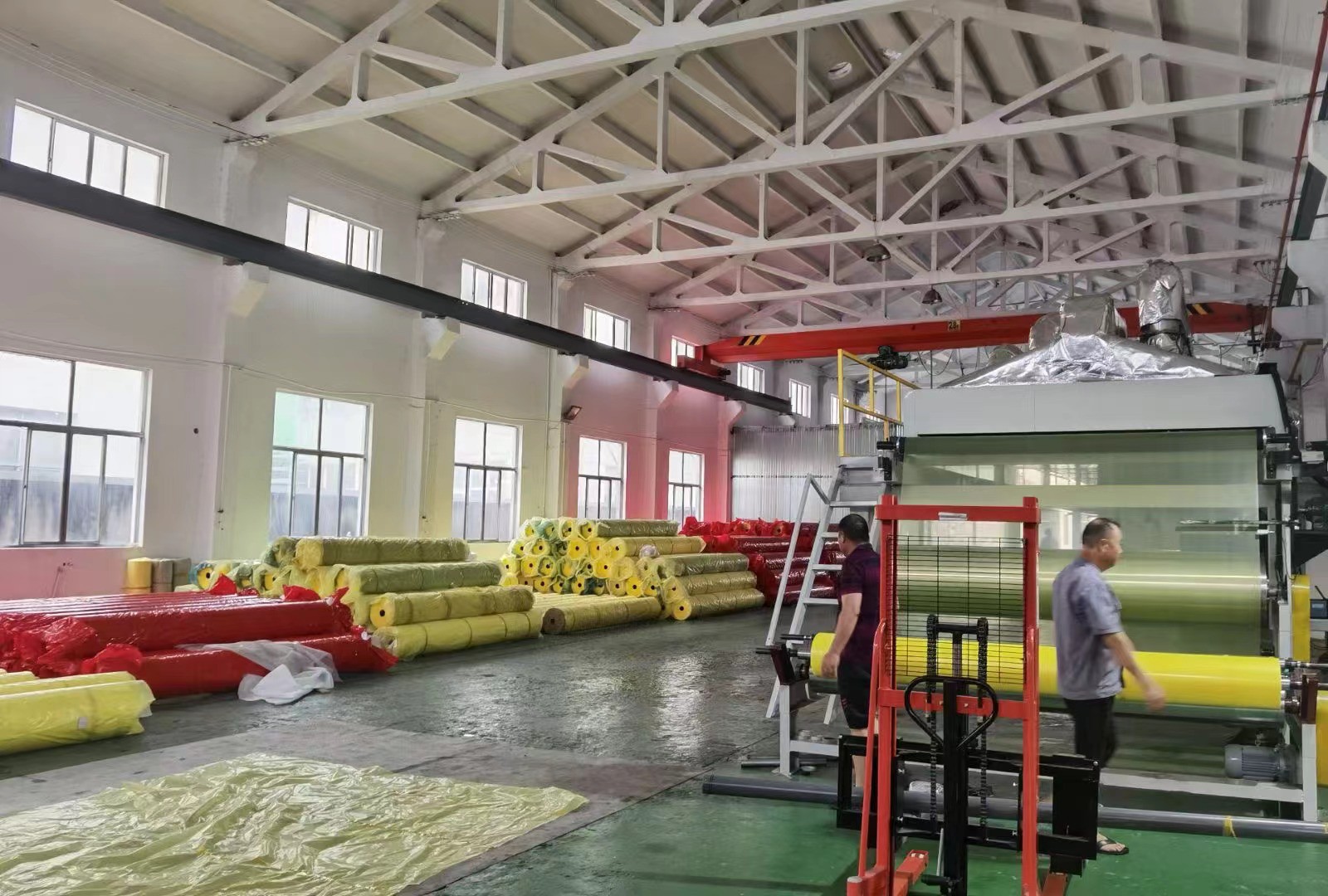
Storage method of cotton bale wrap film
-
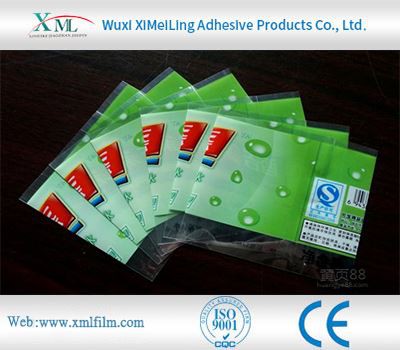
How Polyethylene Packaging Material Copes with High Temperature Environment
